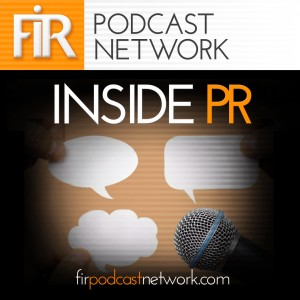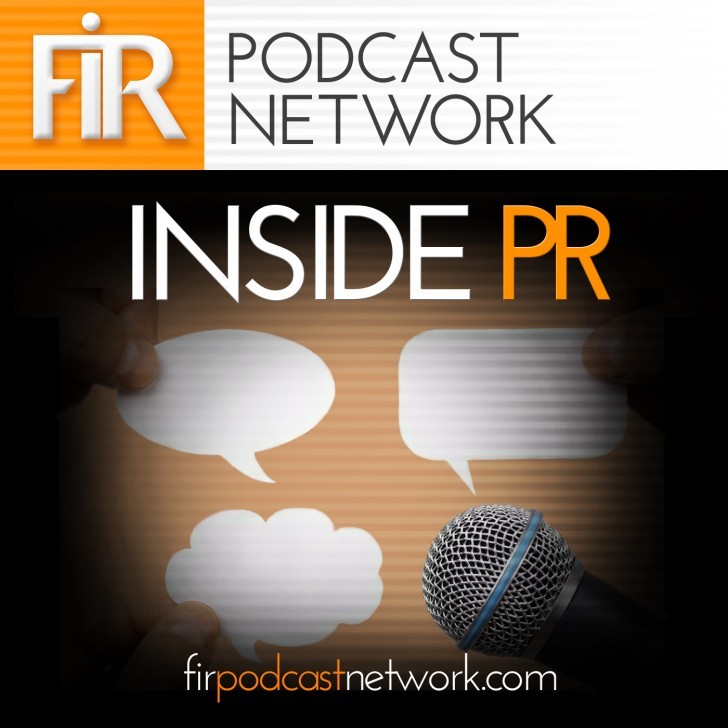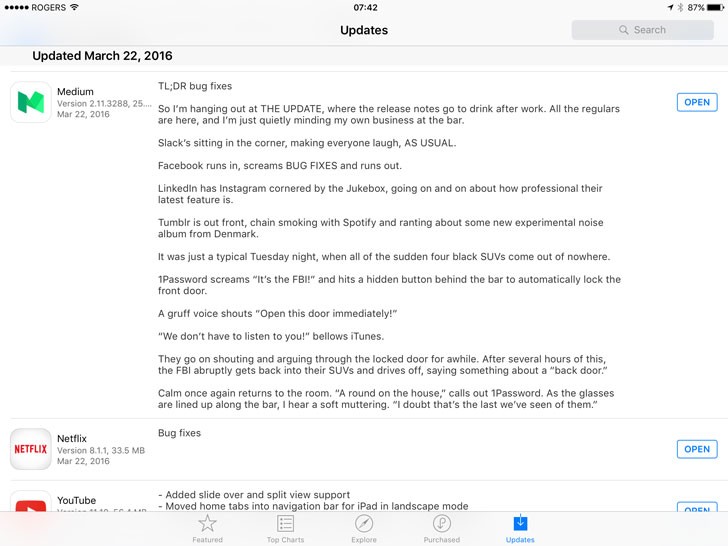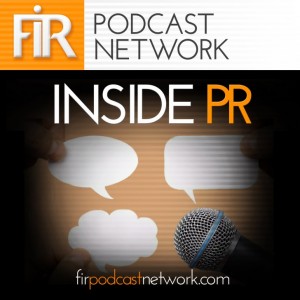 This week on the Inside PR podcast, Gini Dietrich, Martin Waxman, and Joseph Thornley chat about more changes to Facebook and their impact on our news consumption and publishers. Oh, and we couldn’t let Boaty McBoatface go by without comment.
This week on the Inside PR podcast, Gini Dietrich, Martin Waxman, and Joseph Thornley chat about more changes to Facebook and their impact on our news consumption and publishers. Oh, and we couldn’t let Boaty McBoatface go by without comment.
Martin tells us that Facebook is testing sections in its newsfeed – sports, entertainment, lifestyle, politics, etc. A good idea that will make Facebook a better browser experience for news.
Gini wants us to be sure to note that Buzzfeed has demonstrated that Facebook Live Video can aggregate broadcast-size audiences. Over ten million people watched Buzzfeed staff wrap elastic bands around a watermelon until it exploded. At one time during the forty minute broadcast 800,000 viewers were watching concurrently. Could there be any clearer indicator that if Facebook will build a video platform, we will come?
And dredging up for Joe memories of happy hours spent playing with toy boats in the bathtub, Boaty McBoatface showed that the public may have a better sense of humour than people in authority. If you ask a casual question, be ready for a whimsical answer.
Finally, Martin points out the recent article on Wired, Facebook has seized the media, and that’s bad news for everyone but Facebook. News is important to Facebook. But it’s not what Facebook cares about. Instead, the platform is focusing on packaging content as an experience that will draw us and keep us. The content doesn’t matter to Facebook as much as the packaging and whether it holds attention.
We’d love to know what you think.
Leave a comment on the blog, send us an email or an audio comment to [email protected], join the FIR Google+ Community, join the Inside PR Facebook group, message us @inside_pr on Twitter, or connect with Gini Dietrich, Joseph Thornley, and Martin Waxman on Twitter.
This post was originally published on the Inside PR Podcast blog.






